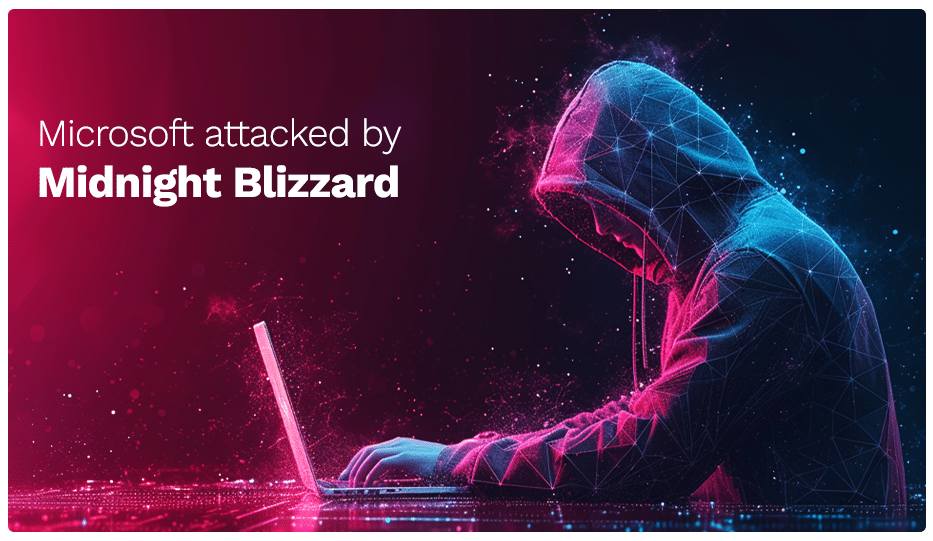
Microsoft recently experienced a serious cyberattack by a Russian-linked criminal group, Midnight Blizzard, also known as Nobelium. Experts are calling this attack a “severe escalation” in global cyber warfare, with national and international security implications.
What Happened?
According to Microsoft’s blog and SEC disclosure, no customer-facing systems were compromised, and daily operations haven’t been disrupted. However, the attack went much deeper. Here’s what security experts had to say about what data was stolen:
“Source code is essentially the foundational code of software programs — it’s what makes the software operate the way it does,” Parnes explained . “For advanced nation-state cyber groups, access to a company’s source code is akin to finding the master key to its digital kingdom, opening up avenues for finding new zero-day vulnerabilities: undiscovered security flaws that can be exploited before they’re known to the software creators or the public.”
Why is this a Big Deal?
Microsoft is a trusted company with high-security standards. As Waldman pointed out, “this incident is also a serious blow for Microsoft’s reputation as a vendor who talks a lot about securing your organization.” Here’s why experts say this attack is concerning:
Zero-Day Vulnerabilities: With access to the source code, hackers can potentially find new vulnerabilities (zero-day vulnerabilities) that Microsoft doesn’t even know about. These vulnerabilities are dangerous because they can be exploited before a fix is available.
“These vulnerabilities are incredibly dangerous because they provide hackers a covert path to infiltrate systems, often with significant impacts before any defensive measures can be implemented,” Parnes added .
“For users of Microsoft products, the situation is deeply concerning. The breach by a nation-state threat actor, with access to the source code, significantly increases the likelihood of discovering and exploiting previously unknown zero-day vulnerabilities,” Waldman said .
Global Impact: The attack could have a ripple effect, impacting users, partners, and organizations around the world. Larry Whiteside, Jr., a former U.S. Air Force Officer and CISO of RegScale, highlighted the potential for compliance issues as regulators around the world scrutinize the data breach:
“Threat actors exploit weaknesses to access a company’s data, which they then extort and/or exfiltrate. Following this, the company begins getting pounded by regulators from different countries over the specificities of the data and its impact on their citizens, leading to a myriad of questions in an effort to identify how the breach occurred,” Whiteside said .
What You Can Do
Organizations: Invest in advanced threat hunting and have a robust incident response plan in place.
Users: Be aware of the potential for zero-day vulnerabilities and take steps to protect yourselves, such as keeping software up to date.
Reading resources: Cybersecurity 101 – A Complete Guide on Online Privacy
The Bottom Line
This cyberattack is a wake-up call for everyone. As Parnes concluded, “By understanding the grave risks posed by zero-day vulnerabilities and taking comprehensive measures to mitigate them, organizations can better protect their critical digital assets against the ever-evolving threats posed by nation-state cyber actors.” Cybersecurity is an ongoing battle, and we all need to be vigilant to protect ourselves from these evolving threats.